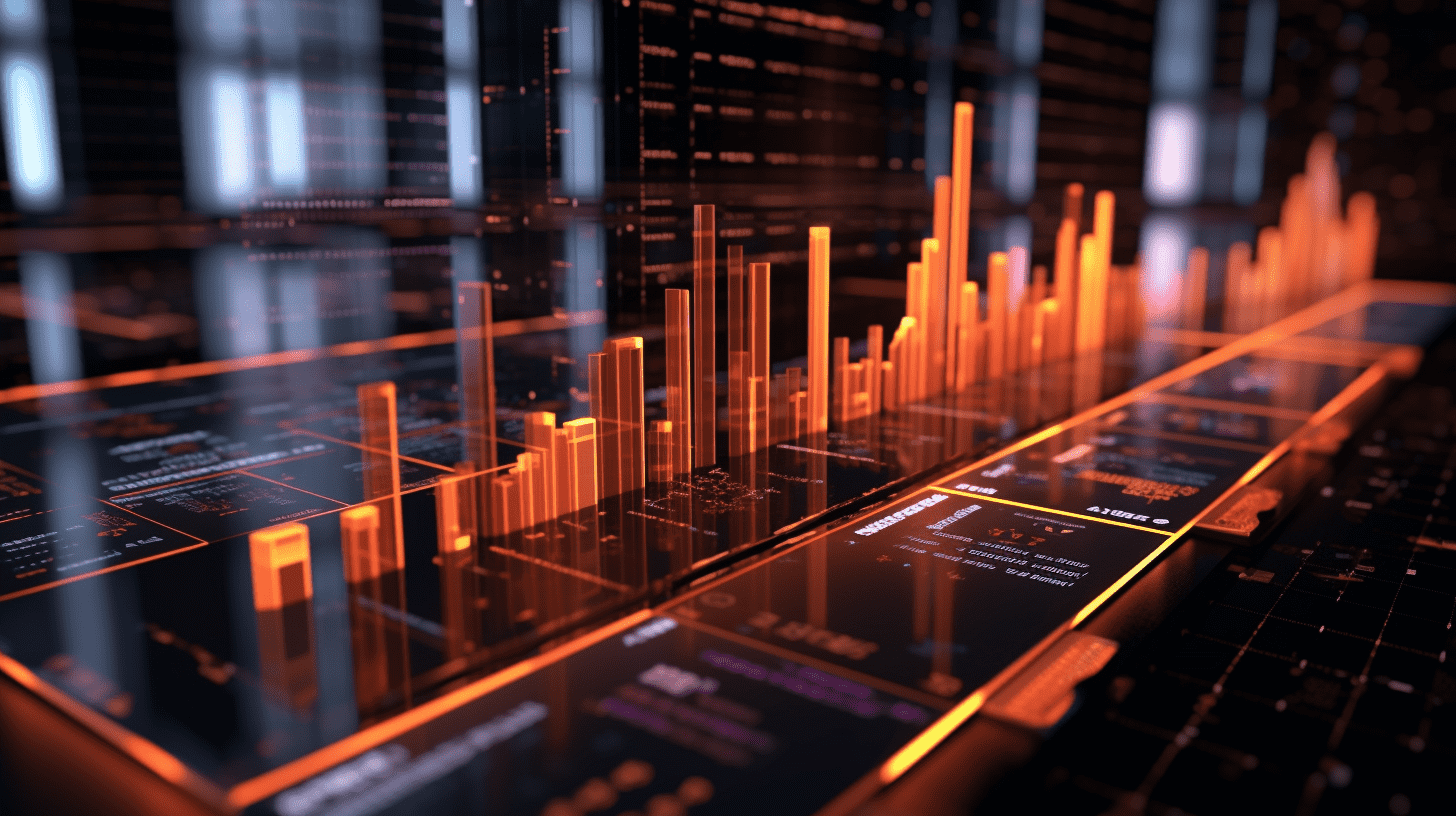Various "exemptions"! Ahead of the November hearing in the US Supreme Court, the Trump administration is "adjusting" its tariff strategy.
If the Supreme Court rules against the government, the White House may be forced to refund a large amount of tariffs already collected.
The Trump administration is quietly adjusting its iconic tariff policy.
As the Supreme Court is set to hold a hearing on "equal tariffs" in early November, the Trump administration has recently exempted dozens of goods from tariffs and proposed tariff exemptions for hundreds of goods in trade negotiations with other countries.
On October 17th, according to sources cited by the media, this shift reflects a gradual consensus forming within the government: the United States should reduce tariffs on non-domestically produced goods. At the same time, the Trump team is expanding the use of the more legally robust Section 232 of the 1962 Trade Expansion Act, which has already been used as the basis for imposing tariffs on metals and cars, and announced a new round of tariffs on heavy trucks, pharmaceuticals, and furniture earlier this month.
This strategic adjustment comes at a critical moment, as if the Supreme Court rules against the government, the White House may be forced to refund a large amount of tariffs that have been collected. Sources revealed that the advancement of the tariff exemption policy reflects the Trump team's hedging strategy in the face of legal risks.
Significant expansion of exemptions
Last month, Trump exempted tariffs on dozens of goods, including gold and LED lights, through Annex II, covering a wide range of minerals, chemicals, and metal products. Many of these products have already been or will be covered by Section 232 tariffs.
It is worth noting that he also hinted at hundreds of future exemptions. According to an executive order he signed, a list of products that may be called "Annex III" has been drawn up, listing hundreds of goods that may receive zero tariff treatment in the future. The list targets products that "cannot be grown, mined, or naturally produced in the United States," including certain products from the Shenzhen Agricultural Power Group, aircraft and aircraft parts, and non-patent pharmaceutical items.
The September executive order also authorizes the Department of Commerce and the Office of the U.S. Trade Representative to approve tariff exemptions on their own, without Trump having to sign an executive order each time. White House officials say this will streamline the tariff policy implementation process, making it easier to implement the more than ten trade agreements Trump has announced.
Legal strategy shifting to Section 232
While adjusting the "equal tariff" exemption policy, the Trump administration is increasing its use of Section 232. The legal basis for this clause is more solid than the "equal tariff," and Trump has used it to levy tariffs on metals and cars.
On Friday, Trump announced a 25% tariff on trucks and truck parts and a 10% tariff on buses, effective November 1st, under Section 232. This action also expands the tariff relief program for automakers, allowing them to apply for exemption quotas to partially offset the costs of tariffs on automotive and truck parts, with the deadline extended from 2027 to 2030.
Proponents of Trump's protectionist tendency believe that Section 232 tariffs will ultimately more effectively drive manufacturing back to the United States. Nick Iacovella, Executive Vice President of Prosperous America Alliance, said:
"Imposing tariffs on products that the United States cannot produce is meaningless. Section 232 is the most effective tool."
The adjustment of tariff policy shows a noticeable softening of policy positions. U.S. Commerce Secretary Howard Lutnick had staunchly declared "no exemptions, no exceptions" to "equal tariffs" for months. But he softened his stance in a television interview at the end of July, saying:
"If you plant something that we don't, then you can import it tariff-free."
Businesses actively seek exemptions
Companies responding to tariff exemption requests are gradually receiving exemptions. In March of this year, the Consumer Brands Association wrote to the Trump administration, urging officials to exempt goods such as coffee, oats, cocoa, spices, tropical fruits, and tinplate for food cans from tariffs. Many of these goods are now included in Annex III, which may be exempted in countries that sign trade agreements with the United States.
Candy giant Hershey announced in May that it was "in talks with the U.S. government" to seek a cocoa exemption. Cocoa tariffs have exacerbated the woes of this Pennsylvania chocolate manufacturer, which has been grappling with high prices for its core raw materials and has stated that it is taking all possible measures to change the cocoa tariffs.
Some food companies have said they will raise prices to offset the rising costs of tariffs, but others are trying to maintain price stability. Andy Mecs, president of the Chicken of the Sea seafood company under the Thailand ALLIED GROUP, says that despite the sensitivity of tuna prices and facing tariffs, the company is still working to control the prices of its core canned tuna products.
Related Articles

How much wealth did AI create for American families in the past year? JP Morgan: $50 trillion!

The "valuation logic" of Bitcoin miners: "Generating electricity for AI" multiples of "mining Bitcoin"

President of the PE giant Blackstone: Wall Street Underestimates the Disruptive Power of AI, Now, When Investing in Projects, the First Thing to Evaluate is the "Disruption Risk".
How much wealth did AI create for American families in the past year? JP Morgan: $50 trillion!

The "valuation logic" of Bitcoin miners: "Generating electricity for AI" multiples of "mining Bitcoin"

President of the PE giant Blackstone: Wall Street Underestimates the Disruptive Power of AI, Now, When Investing in Projects, the First Thing to Evaluate is the "Disruption Risk".

RECOMMEND





